International Business Assignment: Political Economy of Global Trade
VerifiedAdded on 2021/04/21
|5
|1077
|26
Report
AI Summary
This report delves into the realm of international business, examining the interplay between globalization, theories of international trade, and the impact of government policies. It focuses on Australia as a key example, discussing how governments utilize trade barriers such as tariffs, quotas, and non-tariffs for economic and political reasons. The report analyzes the strategies governments employ to overcome trade barriers, including bilateral, multilateral, and regional mechanisms, with a specific focus on the role of the World Trade Organization (WTO). It then provides a reply to a friend's post, elaborating on the economic, political, and social motivations behind Australia's use of trade barriers, as well as the potential effects of these barriers on the local market and international relations. The report highlights the implications of trade barriers on product prices, government revenue, and the protection of local resources, and concludes with a brief discussion on the social objectives that can be achieved through trade regulations. The report is a comprehensive analysis of the political economy of trade and investment.
1 out of 5
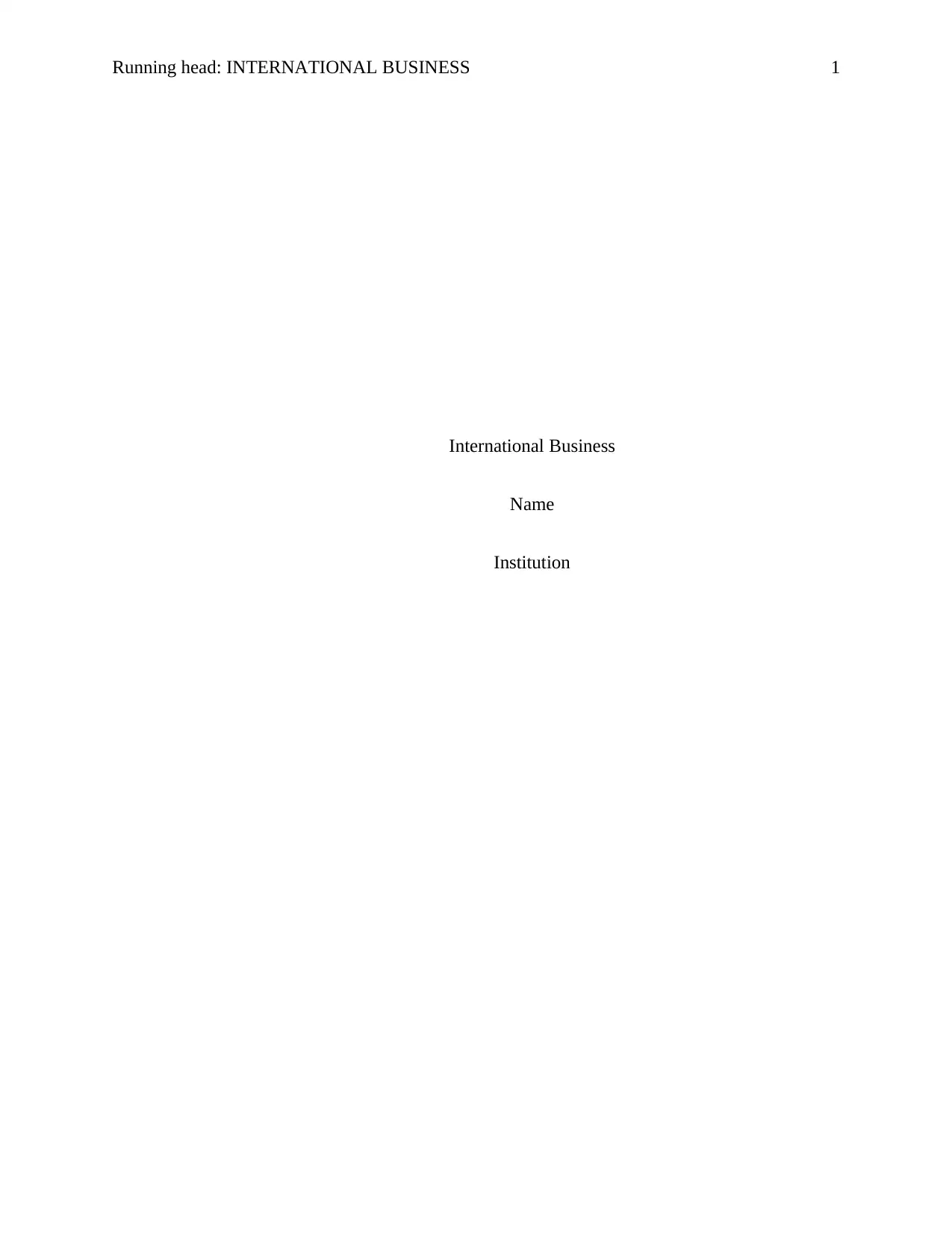
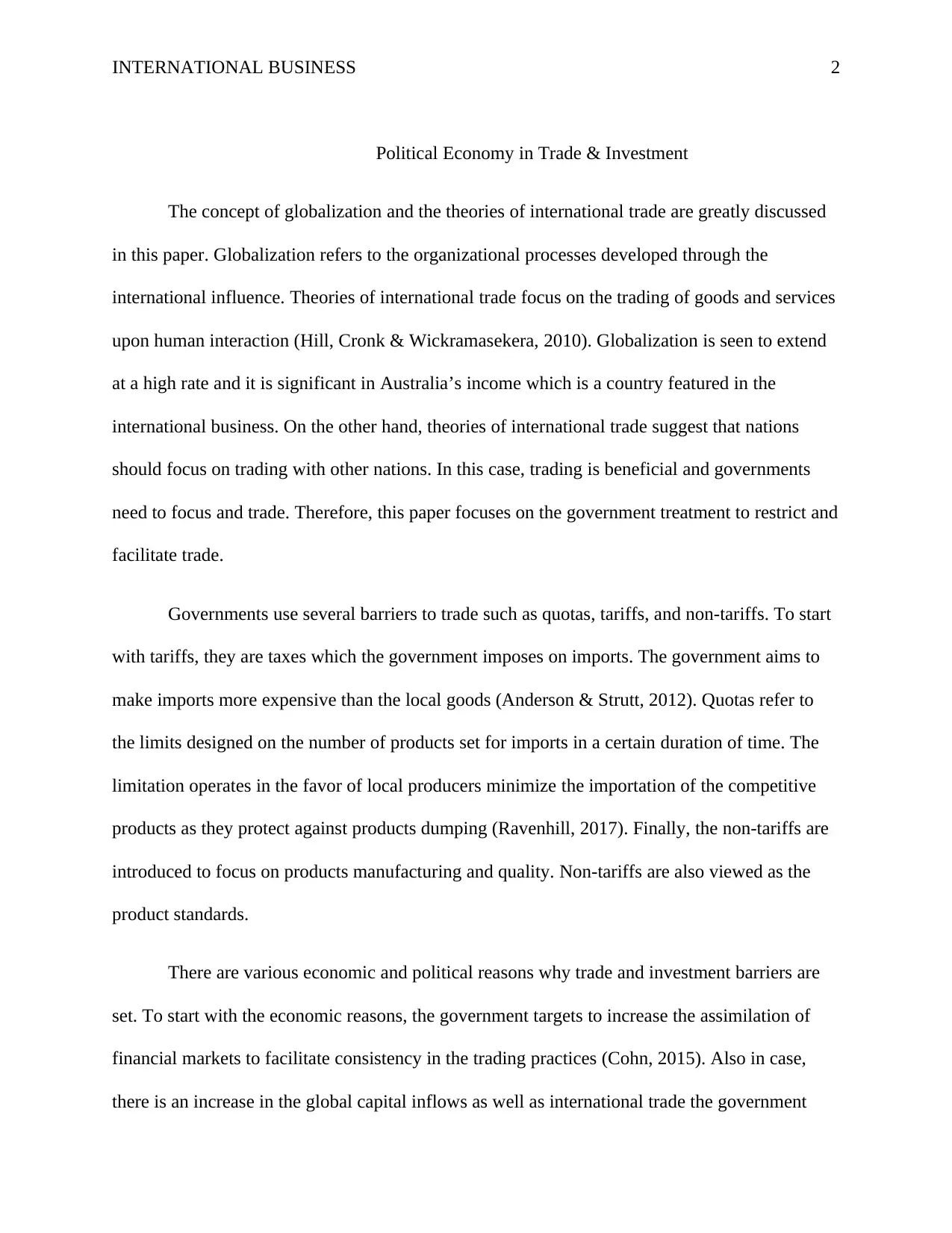
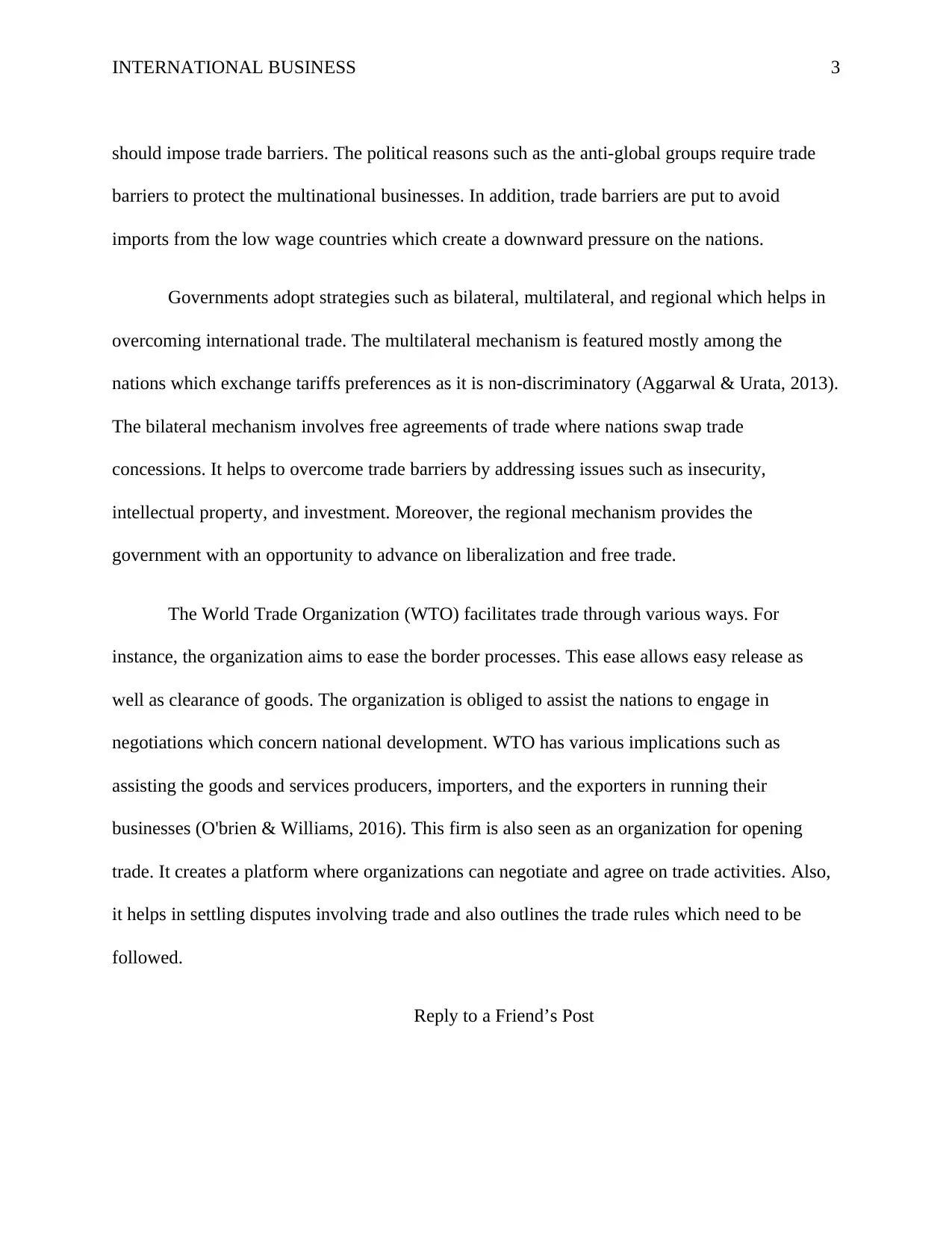

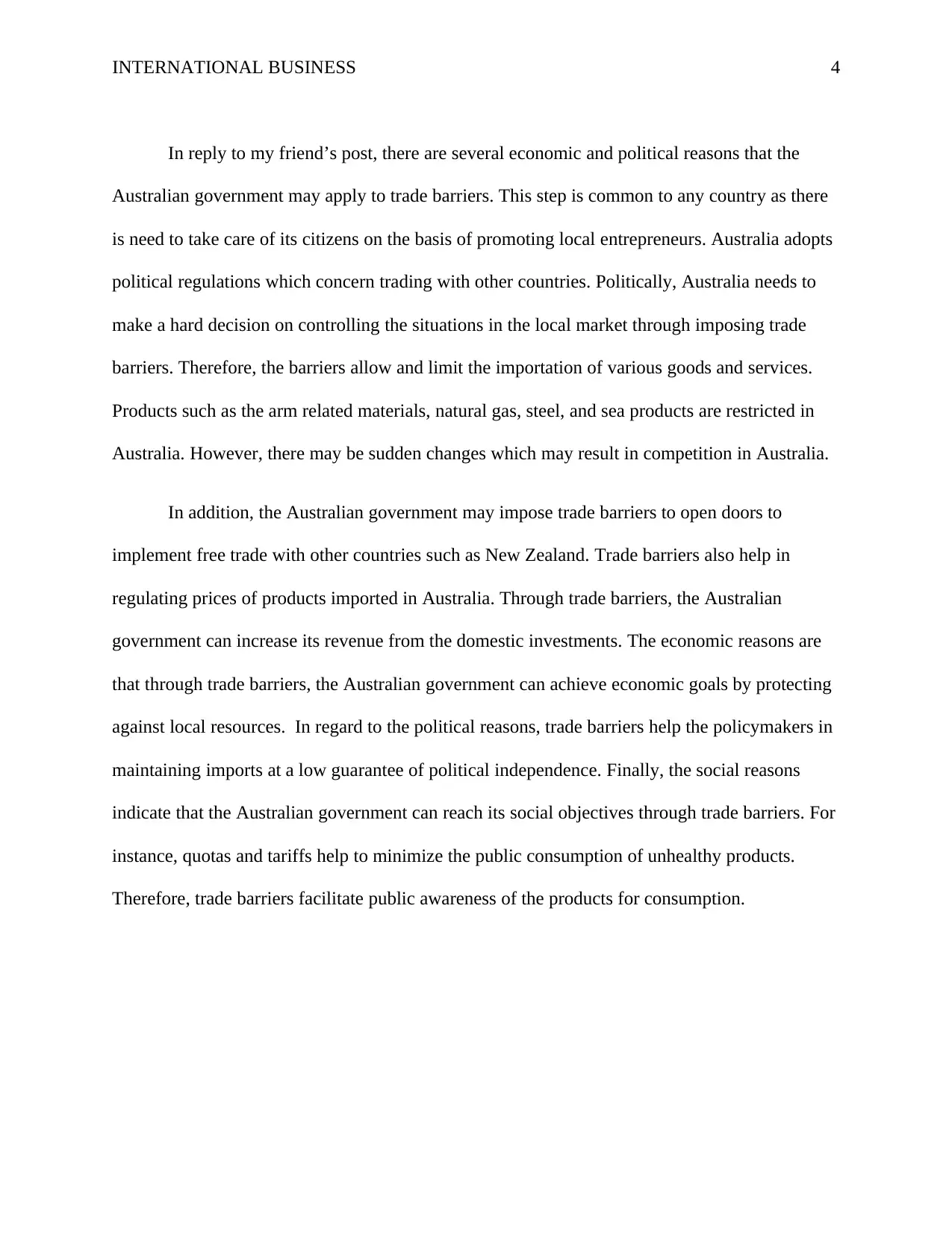
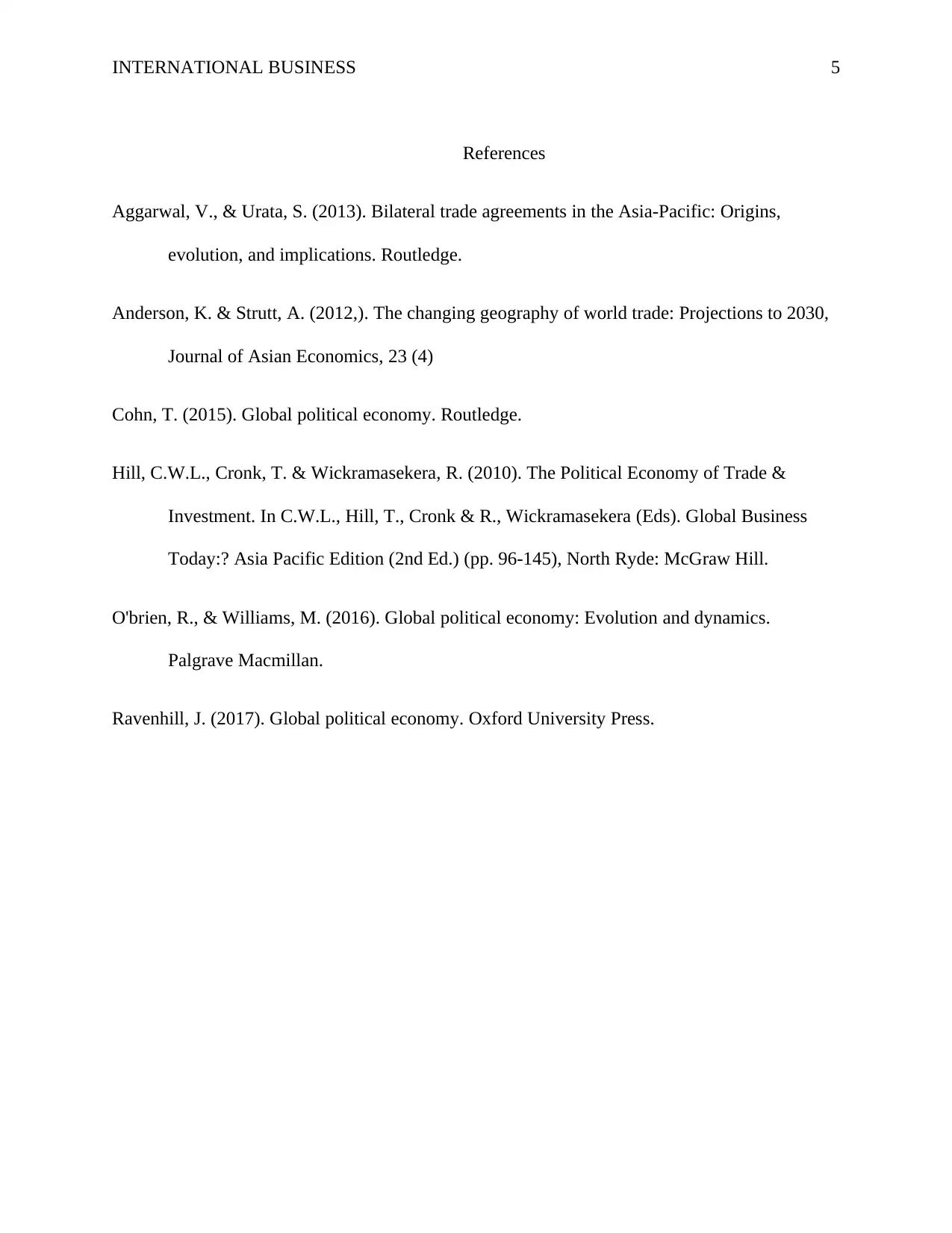





![[object Object]](/_next/static/media/star-bottom.7253800d.svg)